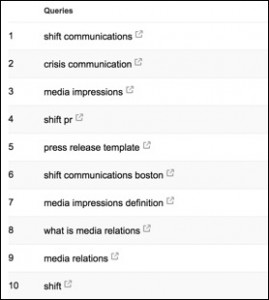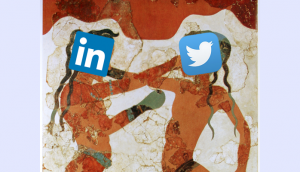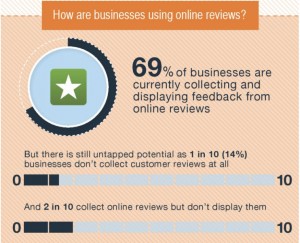Columnist Joe Hyland believes the most successful CMOs aren’t the ones who spend the most money; they’re the ones who invest in sophisticated martech stacks that produce big returns on revenue in the long term.

“Budgets recede amid demand for results.” That’s Gartner’s headline on their latest CMO budget research report.
Kudos to Gartner for continuing to track the growth of CMO technology spend and to their PR team for the dramatic spin — but, honestly, who cares? I certainly don’t, and it’s not just because I’ve had to dedicate a good-sized chunk of that “receding” budget to their services.
Gartner’s thesis is that CMO budgets should continue to grow as overall revenue increases and that a dip in the percentage of revenue spent on marketing is a troubling sign. That’s where I call foul.
I realize I’m no economist, so let’s take a moment to understand Gartner’s position.
Thanks to this little invention called the internet and the fact that most business buyers don’t want to talk to sales, marketing is closer to revenue than ever before. And, we’ve got all the martech we could ask for to scale, measure and tie our programs directly to deals. Consequently, the budgets of marketing teams have risen by a large magnitude.
As enterprises modernize their marketing departments and build sophisticated martech stacks, it’s logical for budgets to spike. After all, purchasing technology is only the first step — you need to invest in experimentation, the onboarding process, integrations and so on.
Eventually, you learn which tactics work and optimize those, and then cut out the technologies that aren’t contributing to the bottom line.
Martech’s ROI inflection point
That’s where Gartner overlooks a key point in the martech journey. It takes a lot of time and money to get a demand generation machine running. But, once you do, it’s off to the races, and marketing’s ability to grow revenue will outpace the investment it requires. I’m calling this stage “Martech’s ROI Inflection Point,” and I believe that when CMOs are successful, the percentage of revenue their budget occupies should go down in the long term.
Now, I recognize theory is different from reality, so I took a look at what’s happening with my own tech spend. Call it self-serving, but our results show this exact trend. Over the past year, the percentage of our revenue spent on marketing has decreased by 3 percent, and we project to get that down by another 5 percent in 2018. At the same time, our pipeline has increased 13.5 percent. This proves to me that even though our martech stack is bigger than ever, we’ve hit our ROI inflection point!
I’ll admit this isn’t an exact science, but I do think it’s important for CMOs to understand that not all technology spend is created equal. When you’re making investments to get bigger returns, you can’t look at CMO and CIO dollars with the same view.
Yes, the technology that runs our IT infrastructure, finance, HR, supply chain or whatever operation contributes to the bottom line, but it’s not directly creating revenue. That’s still a capital expenditure that generally gets bigger and bigger as a company grows. Martech is different — the cost should stay the same while the revenue it produces accelerates.
So, I assert that a truly great 21st-century CMO is not the person who spends the most money, but the one who uses every dollar spent to produce larger returns on revenue. Gartner should rethink their assessment with a focus on ROI, not total spend. That’s what success looks like in this new marketing paradigm.
[Read the full article on MarTech Today.]
Opinions expressed in this article are those of the guest author and not necessarily Marketing Land. Staff authors are listed here.
Marketing Land – Internet Marketing News, Strategies & Tips
(138)
Report Post









